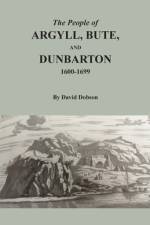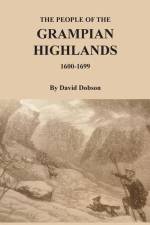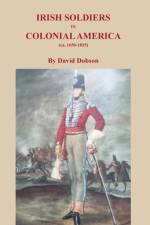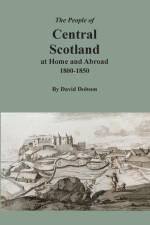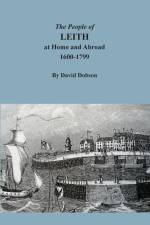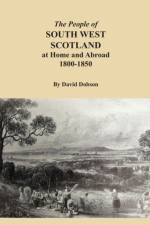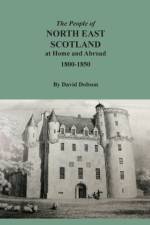av David Dobson
371
This book identifies people from the old counties of Nairnshire, Morayshire, Banffshire, Aberdeenshire, and Kincardineshire for the period 1800 to 1850. The information derives from a wide range of contemporary sources such as court records, contemporary newspapers and journals, monumental inscriptions, and documents found in archives. The main clans or families found in this region were Arbuthnott, Barclay, Brodie, Burnett, Douglas, Dunbar, Farquharson, Forbes, Fraser, Gordon, Grant, Hays, Innes, Irvine, Keith, Leslie, Ogilvie, Rose, and Skene. The society and economy of North East Scotland was rural and depended on industries such as farming, fishing, whaling, distilling, quarrying, and forestry. The most important burgh in this region was, and is, Aberdeen, which is covered in Mr. Dobson's book, The People of Aberdeen at Home and Abroad, 1800-1850. The North East population were largely Presbyterian, with a significant Episcopalian presence and a few Roman Catholic enclaves. The best sources for historical context are the Old Statistical Reports of the 1790s and the New Statistical Reports compiled between 1832 and 1845. These Reports were produced by parish ministers and covered a wide range of subjects such as geography, education, history, the economy, agriculture, shipping, population, and religion. They are available on the website of the National Library of Scotland.


